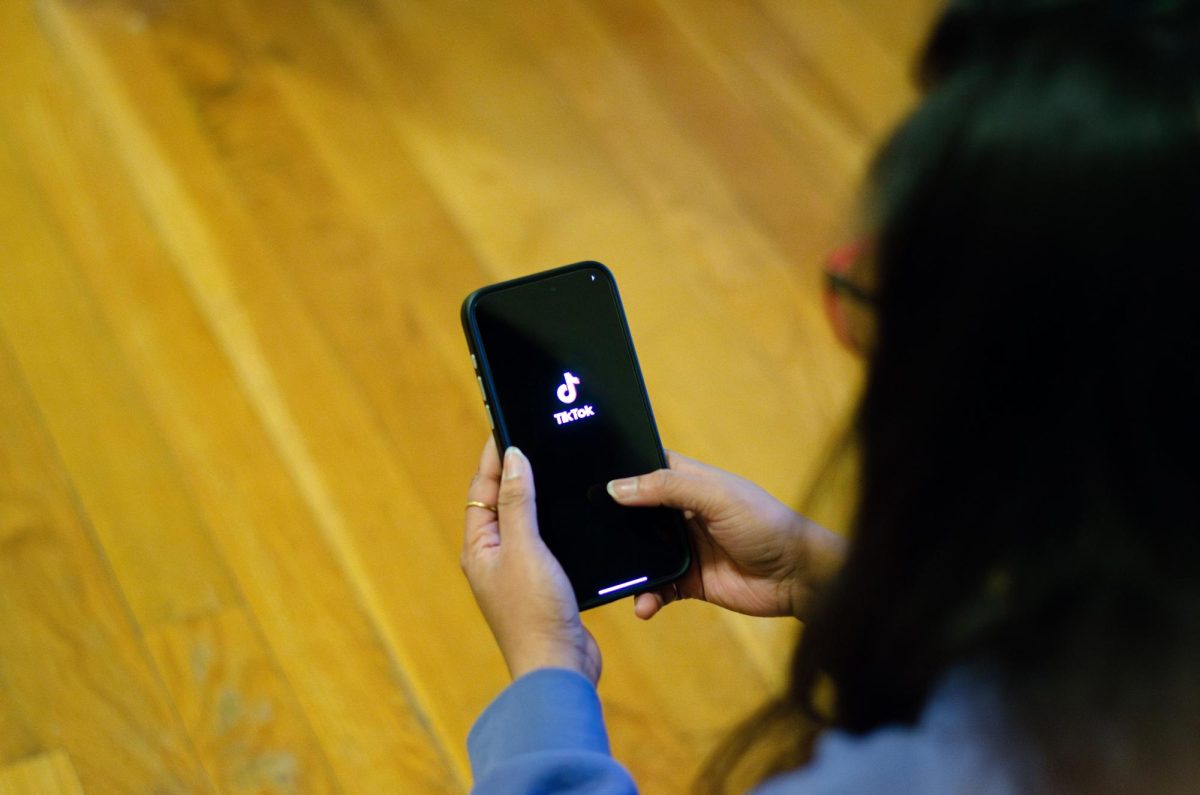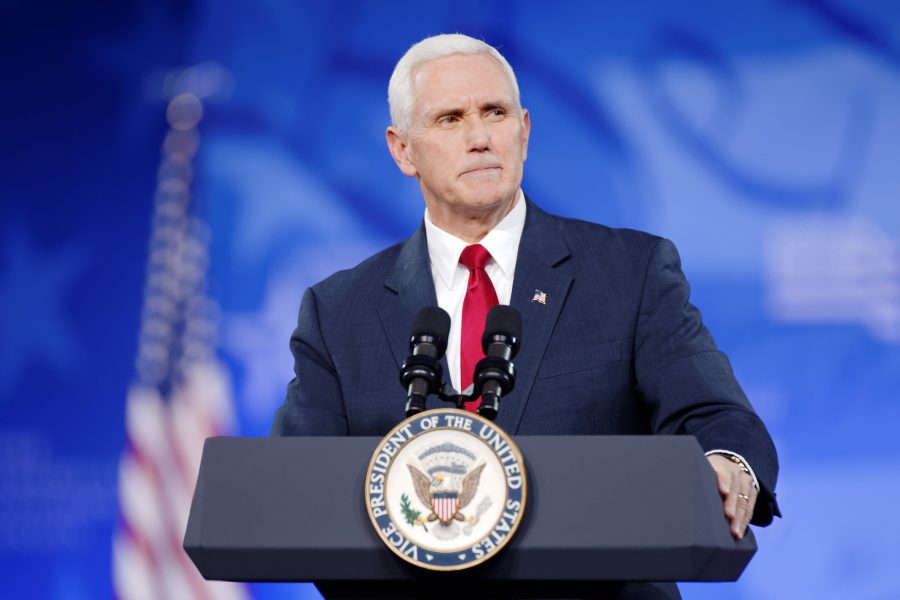On Friday, March 13, President Donald Trump declared a national emergency in response to the rising number of cases of COVID-19. The declaration comes after the president announced a 30-day European travel ban. What does a national emergency mean, exactly?
The National Emergency Act was enacted in 1976, and it allows the president to declare an emergency and use funds that are not normally available to the president and use it where he deems fit. Trump’s national emergency frees up federal funds to be used to in light of the rising crisis. The national emergency gives access to authorities to make decisions regarding the safety of citizens. President Trump also enacted the Stafford Act, which grants access to federal funds to be used in an emergency. With this response, the Federal Emergency Management Agency is the lead agency in directing federal response. It opens up funds as well as supplies and personnel. Through the Stafford Act, the federal government can provide resources, without the red tape, to state and local governments to respond to a disaster.
During his address, President Trump urged states to begin setting up “emergency operation centers,” according to CNN, as well as urging “every hospital to activate its emergency preparedness plan.” The declaration will give Health and Human Services Secretary Alex Azar more authority to “waive provisions of applicable laws and regulations to give hospitals- all hospitals- and health care providers maximum flexibility to respond to the virus.” The declaration will allow the federal government to provide funds, supplies and personnel to states and hospitals to aid them in curbing the spread of COVID-19.
The emergency acts announced on Friday, March 13 is not the first emergency declaration in the United States. Back in late January, the Department of Health and Human Services had declared the coronavirus as a public health emergency. The declaration made by the White House allows FEMA to use reserve funds in the government’s response. Previous National Emergency declarations include President Trump’s National Emergency declaration over the US-Mexico border and reprogramming funds for the border, as well as former President Barack Obama’s declaration during the H1N1 influenza pandemic.
News outlets have constant updates on the COVID-19 spread in the U.S. As of Wednesday, March 18, there have been a recorded number of 212,789 cases worldwide with 8,787 deaths, and 84,314 recoveries; in the U.S. there have been a recorded number of around 7,000 cases with about 100 deaths and 106 recoveries; in the state of Massachusetts, there have been a recorded number of 218 cases with zero deaths and no confirmed information about recoveries (all data comes from CDC website, Boston News, and Worldometers).
As for the federal response from the White House, as of March 18, discussions over aid being sent to Americans was being discussed. Senator Mitt Romney proposed on Monday, March 16, that “every American adult to receive a $1,000 check ‘immediately’ to help tide people over until other government aid can arrive.”
Tuesday, bipartisan support, including from the president, in recognition of the looming economic crisis. On Sunday, March 15, Governor Charlie Baker announced that gatherings of over 25 people were banned as well as restaurants are only allowed to do take-out. A few days later, when President Trump declared a national emergency, Trump halted gatherings of more than ten people to help curb the spread of the virus. Previous installments of Senator Romney’s proposal include during the Great Recession when Americans were sent $300 to $600, and in 2001, when the majority of Americans received $300.
Americans do not have to be on government aid to receive money from the government if the proposal goes through. Congressmen in both parties, including the president, like the idea with both parties pushing to get checks out to Americans as soon as possible. The proposal would help aid Americans with buying groceries or rent, as many are expected to be out of work with business closings due to the spread of the virus.
Current protocols and regulations in place, in the state of Massachusetts, to curb the spread of the virus include: no gatherings of more than ten people; all schools closed for three weeks; citizens are heavily encouraged to stay at home; hand washing and general health care are increasingly important; citizens older than 60 are encourage highly to stay at home so lower their risk of exposure; and restaurants are only allowed to do take-out orders. Governor Baker also announced that the state does not plan to issue a “shelter-in-place” action, like San Francisco issued. Plans for more testing, both statewide and federally, are to ensue in the coming weeks.
Sites used:
https://www.cnn.com/2020/03/13/politics/states-coronavirus-fema/index.html https://abcnews.go.com/Politics/trump-declares-national-emergency-responding-coronavirus-heres-means/story?id=69586419 https://www.cdc.gov/coronavirus/2019-ncov/cases-updates/cases-in-us.html?CDC_AA_refVal=https%3A%2F%2Fwww.cdc.gov%2Fcoronavirus%2F2019-ncov%2Fcases-in-us.html https://www.worldometers.info/coronavirus/ https://www.boston.com/news/health/2020/03/09/updating-status-coronavirus-covid-19-massachusetts
Here’s everything to know about President Trump’s coronavirus national emergency
March 21, 2020
About the Contributor
Genevieve Santilli, News Writer



















































